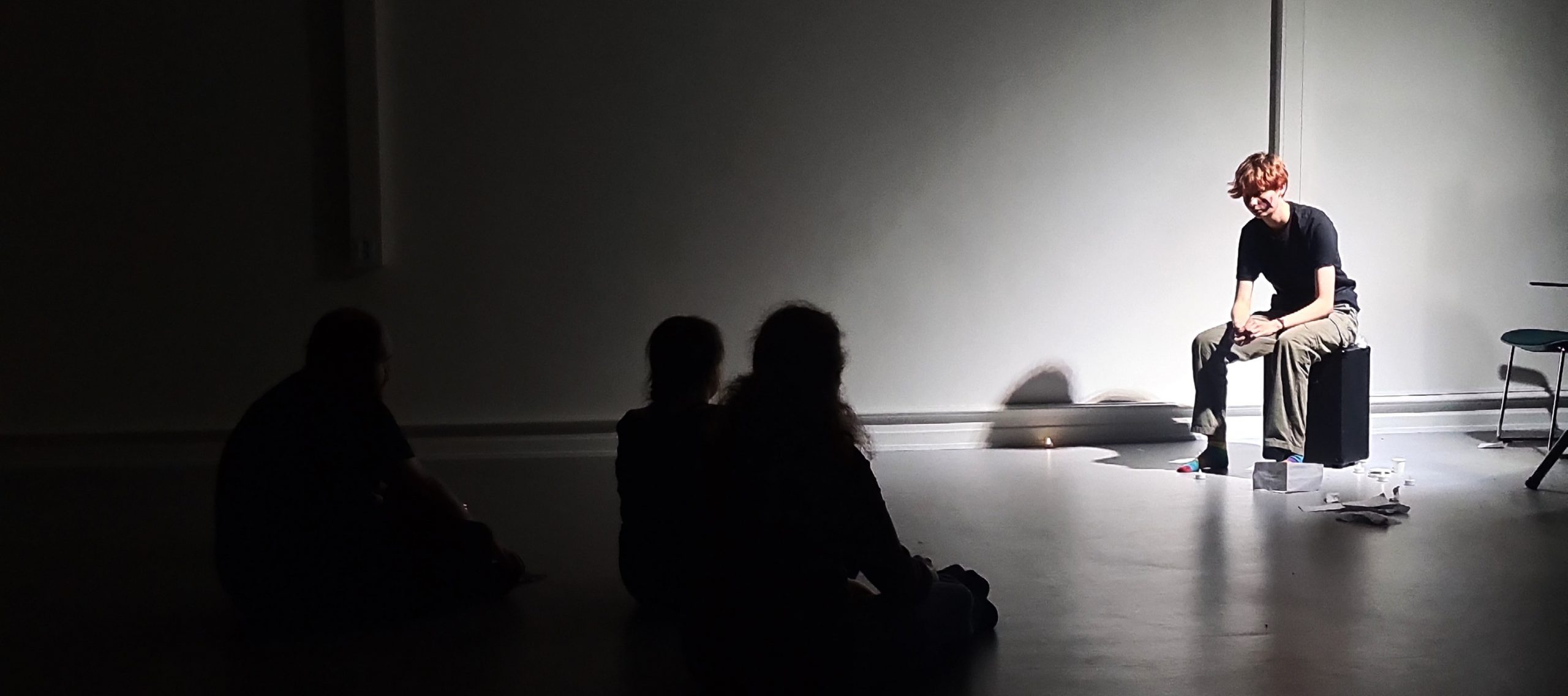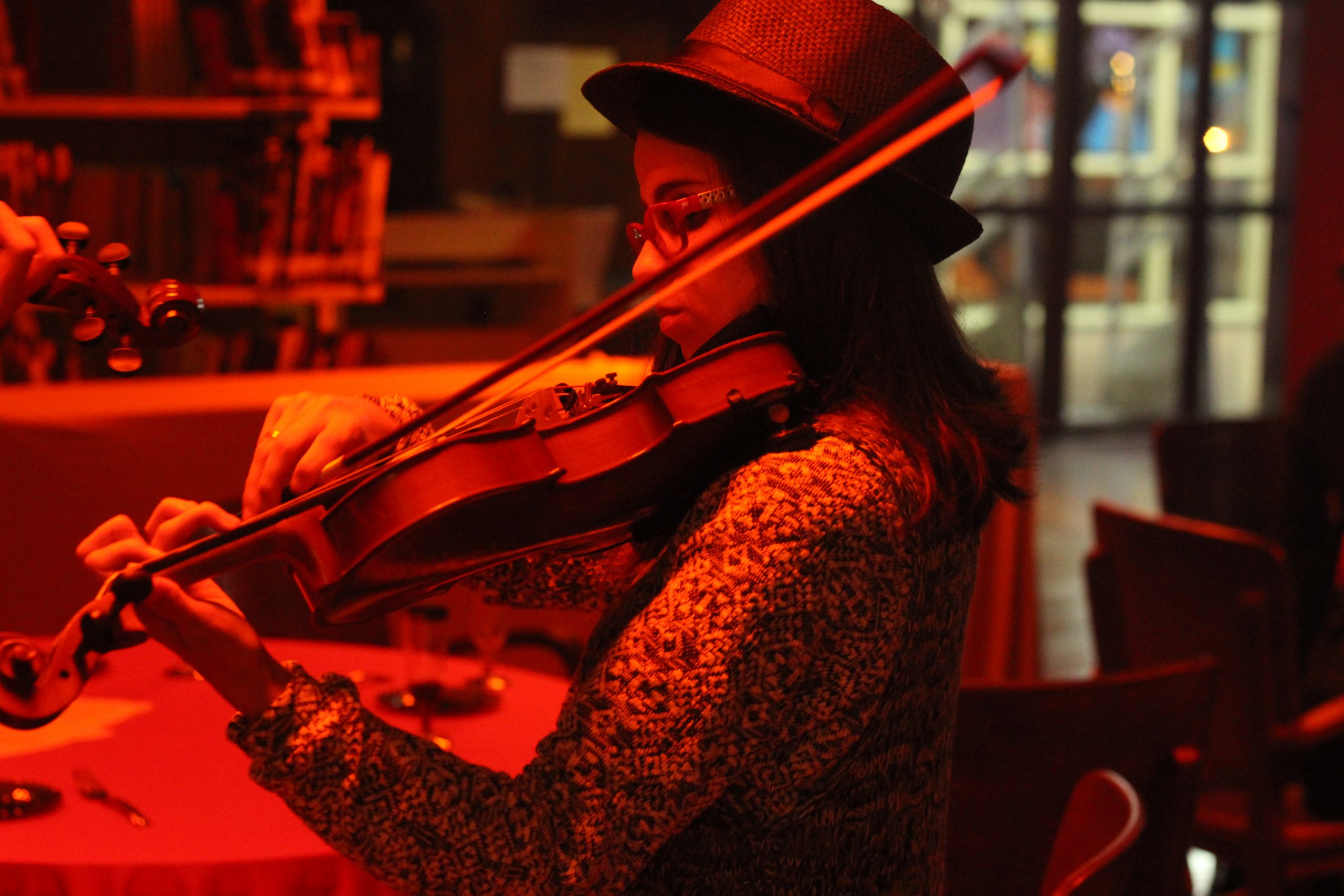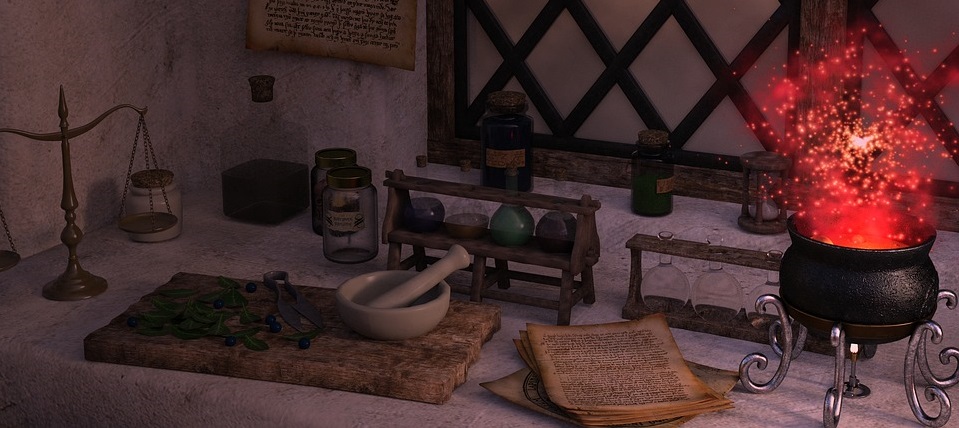Tag: Knutepunkt-books
-

Star Wars: Galactic Starcruiser – The Blockbuster to End All Blockbusters
The Star Wars: Galactic Starcruiser was an admirable foray into creating a larp-like experience for mass audiences on a gargantuan scale. It was not perfect, but it was far from a disaster.
-

Design for young adult players: The relevance of designing for hope, agency and inclusion
in
How can larp designers include young adults as co-creators and peers in the design and play processes?
-

Open Book: A Roadmap for Peer Editing
An explanation and discussion of the process by which 67 people came together to make the Knutepunkt 2025 book Anatomy of Larp Thoughts: A Breathing Corpus.
-

The Use of Music as a Magical Element for the Larp Experience
The experiences and thoughts of the Brazilian group Confraria des Ideias on the use of music as an element in larp design.
-

Magic To Fight Monsters: Larp as a spell for claiming my spaces
A guide to some of the monsters that non-binary adventurers encounter when they larp – and spells for how to deal with them.
-

Le Jean-Michel Douchebag Technique
Le Jean-Michel technique is the ultimate secret weapon to develop the confidence of a mediocre cis man.
-

Creating Magical Romance Play
in
How do we use romantic play to deepen a character, creating an engaging story about emotions that enriches play for all parties involved.
-

Recipe for a Magical Larp Experience
in
Mix all the ingredients — diversity, dialogue, awareness, and more — in a venue of your choice. Enjoy your magical larp experience and remember to share with your co-players.
-

Larp Hacking
Sometimes a larp does not work, either for us as individual players or for a number of participants. Sometimes in order to play the game, you need to change the rules.
-

Just Breathe
We should learn to use mindfulness as a way to steer our own play and to be more aware of here and now.